Discover the benefits of supplying through TAAS (Team As A Service). Budget control and less waste.
Who we work for
Not only technical development, but a complete support for our customers. We provide advice at 360 degrees, from technical specification analysis to testing and release planning.
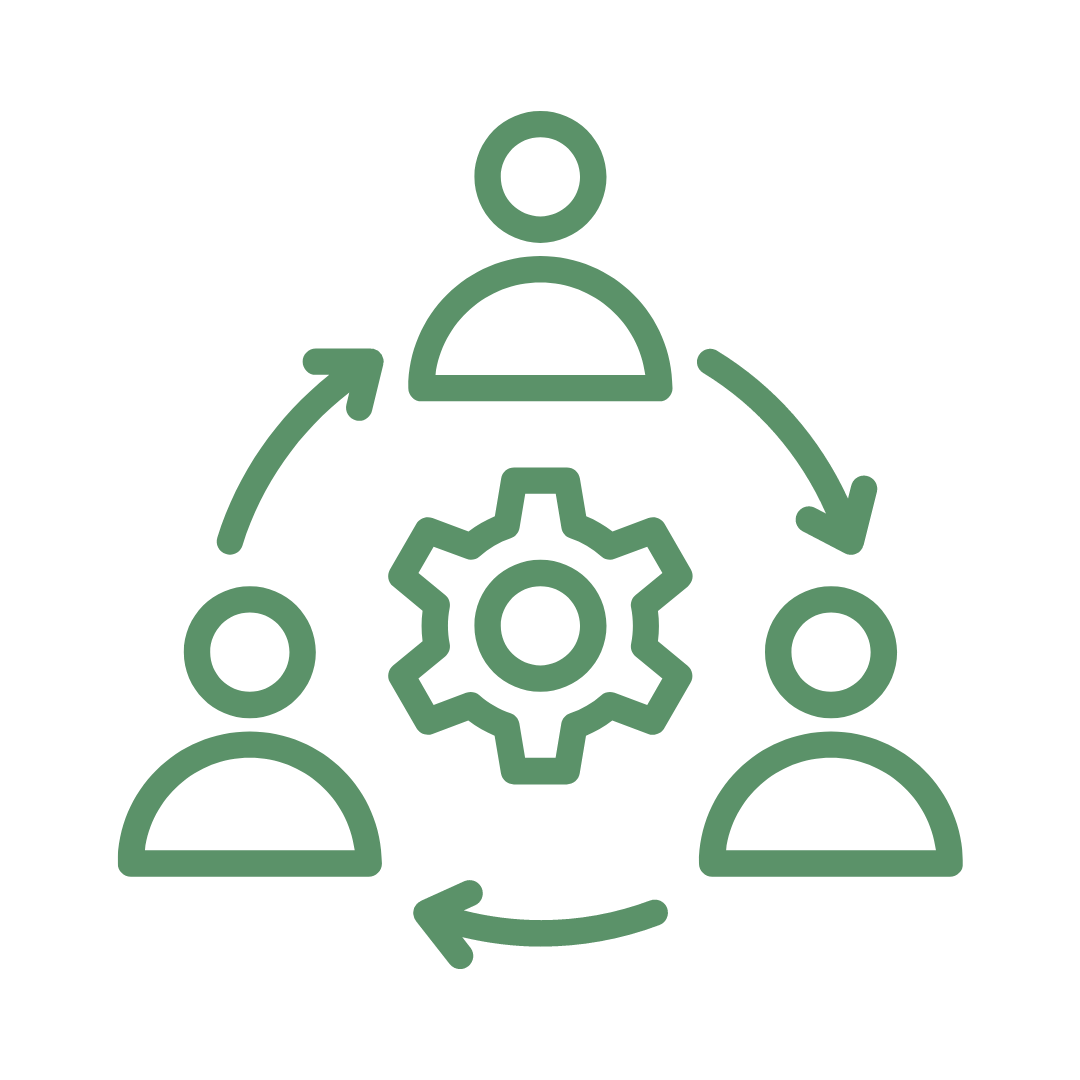
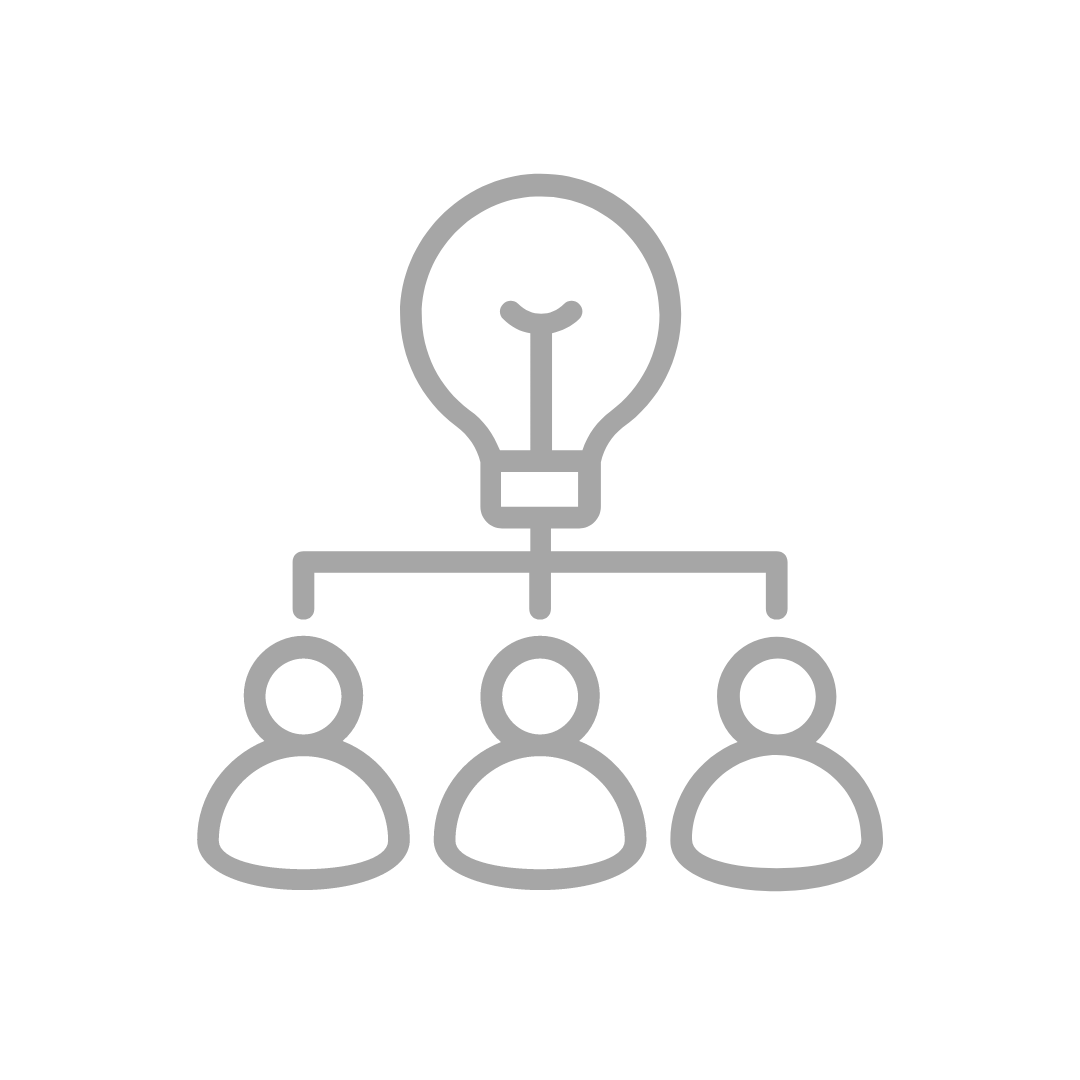
Startup (pre-seed)
For advice in defining the details of the project and its implementation.
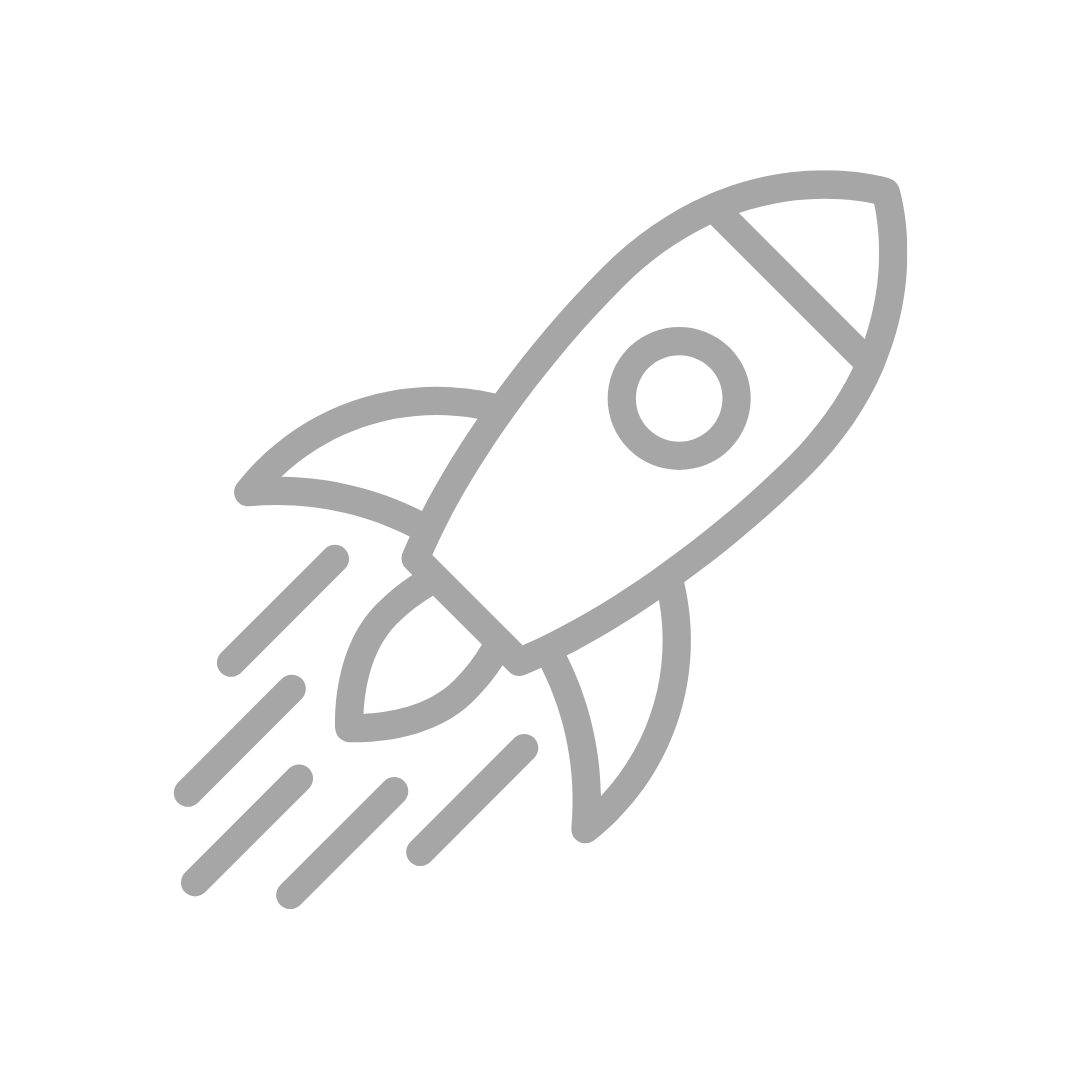
Startup (post-seed)
To find the ideal partner to support the technological development of the product.
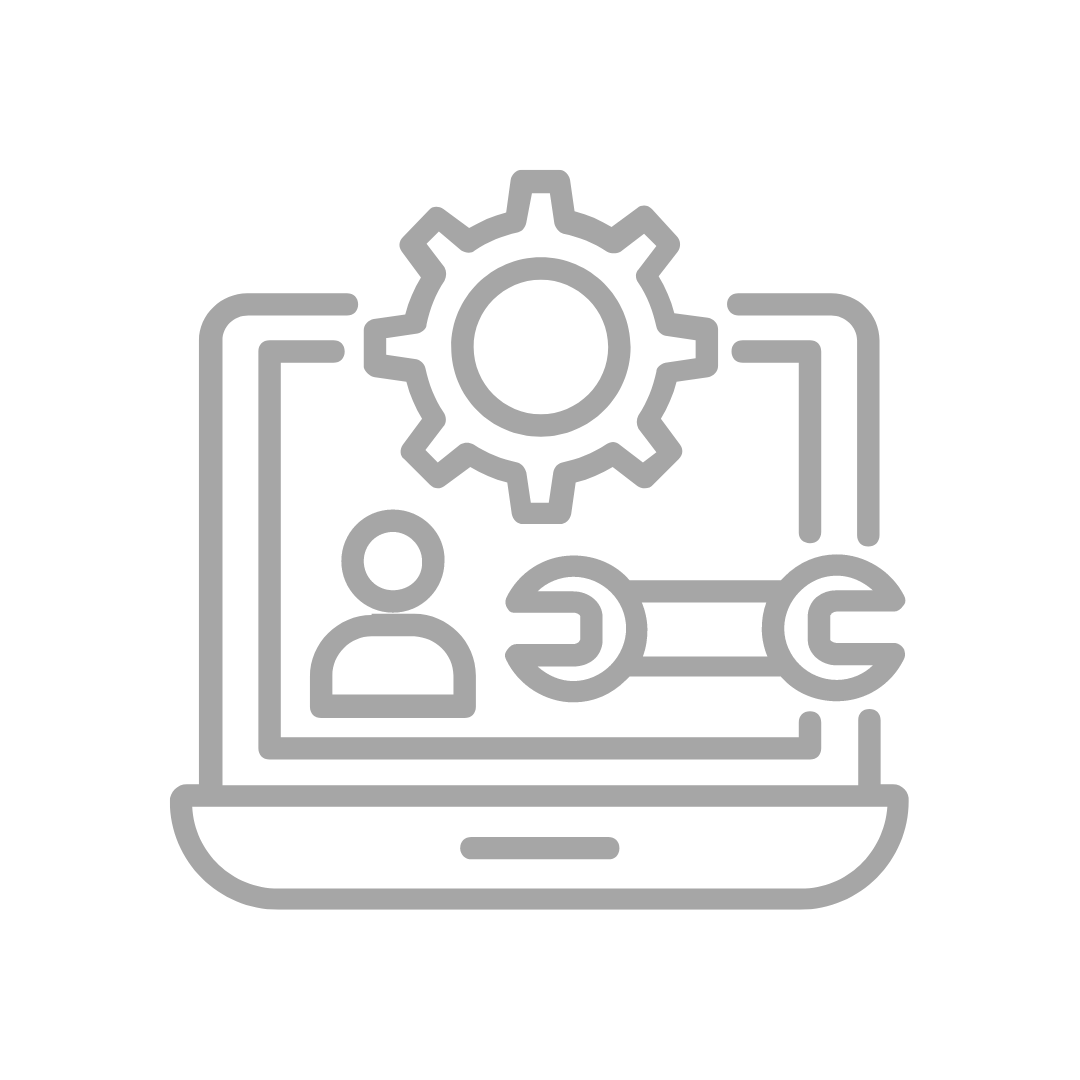
Software House
To broaden your customer response capabilities and technology expertise
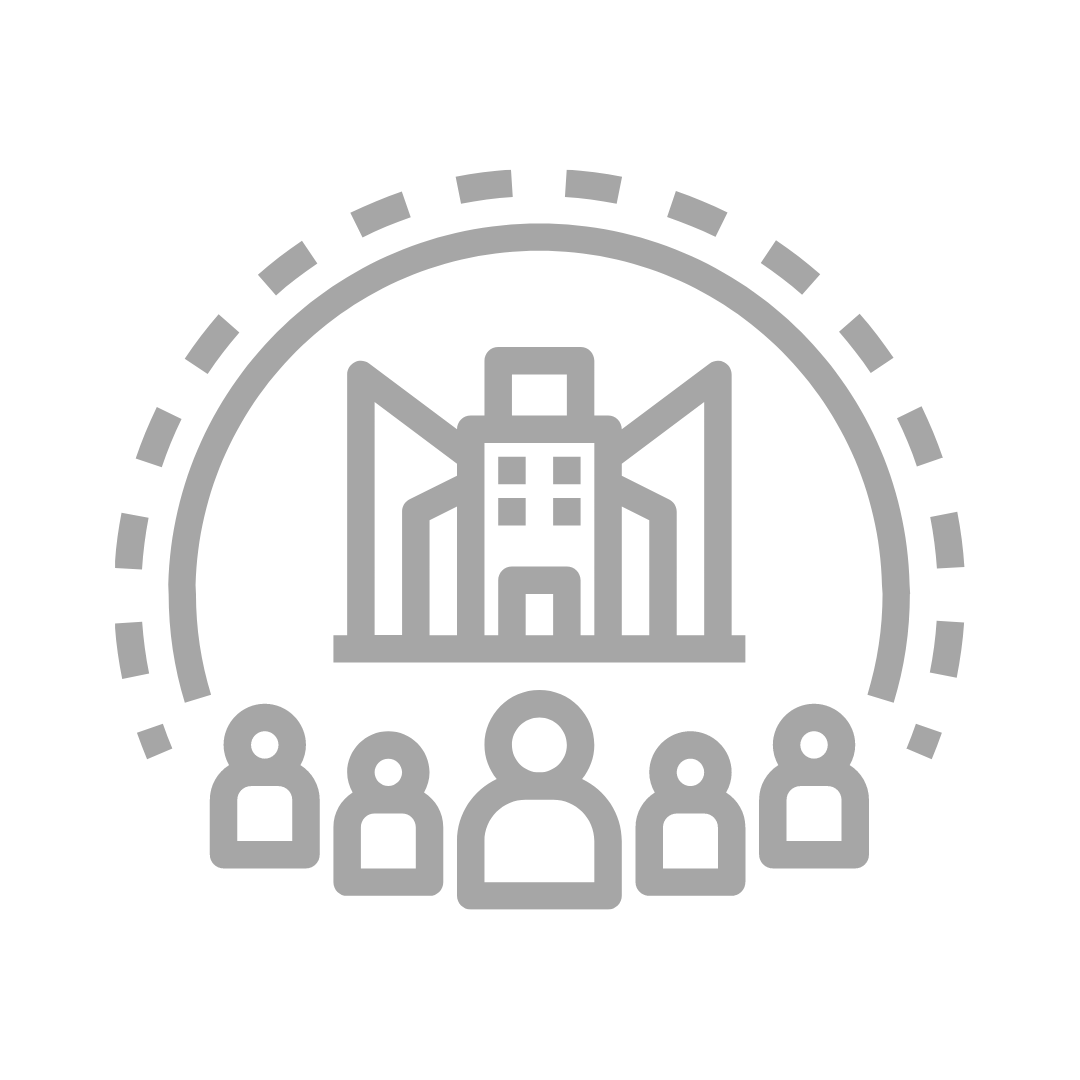
SME and big companies
To create integrations or products from scratch to be put on the market.
What do you need?
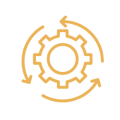
System integration

App iOS and Android

AI and Machine Learning

Cloud platforms for flow management

Web platforms for resource management

Virtual Reality Software
and Augmented Reality
Our services
Architecture Design
- We provide to the specification, upon update and the provision of a formal approach for the implementation of solutions, necessary to develop and manage an IT architecture.
- We provide identification of change requests and their components: hardware, software, applications, processes, platforms.
- We set up projects for interoperability support, scalability, usability and security.
- We manage the alignment between business evolution and technological developments.
Application Design
- We carry out the activities of analysis, specification, updating and provision of a model to implement applications in accordance with policy and needs of the user / customer.
- We select the most appropriate technical options for application design, optimizing the balance between cost and quality.
- We design through modeling languages, data structures and system structure models adapted to the results of the analysis.
- We carry out analyzes and studies so that all aspects take into consideration interoperability, usability and safety.
- Identification of a common reference framework to validate models with representative users, on the basis of development models (e.g. the iterative approach).
Technology Trend Monitoring
- Study and update services on the latest technological developments of ICT to understand the evolution of technology.
- Search for innovative solutions for the integration of new technologies in the products, existing applications and services or for building new solutions.
Application Development
- We adapt the application design process to develop a customized and customer compliant application needs.
- Upgrading existing solutions, such as porting an application from another operating system. Conduct of coding, debugging and testing, documentation and communication of product development phases.
- We select appropriate technical options for development, such as re-use, improvement or reconfiguration of existing components.
- Optimization of efficiency, costs and quality.
Component Integration
- Configuration of software or subsystem components in an existing or proposed product.
- Compliance with defined processes and procedures (e.g. configuration management and package maintenance). The compatibilities of both existing and new modules are taken into account to ensure the integrity, interoperability and security of information.
- System performance verification and validation assurance and documentation of successful integration.
Testing
- Structuring and executing systematic test procedures for IT systems or customer usability requirements to establish compliance with design specifications.
- Verification activities that new or modified components meet expectations in terms of internal and external standards, including usability, performance, reliability and compatibility.
- Production of documents and reports that give evidence of certification requirements.
Solution Deployment
- Following predefined general operating standards, the necessary interventions planned to implement the solution are carried out, including installation, upgrade and disposal.
- Software or network configuration to ensure interoperability of system components and address any resulting defects or incompatibilities.
- Engagement of additional specialist resources if required, such as third party network providers.
- Formal release the fully operational solution to the user and complete the documentation by recording all relevant information, including equipment addresses, configuration and performance data.
Systems Engineering
- Engineering of software and/or components to meet solution needs such as specifications, cost, quality, time, efficiency, information security and data protection. A systematic methodology is followed to analyze and build the required components and interfaces.
- Construction of system structure models and structuring of system behavior simulations.
- Performing unit and system tests to ensure compliance with requirements.
How Hastega works
Hastega provides its services through a formula called TAAS (Team As A Service). In this way it is possible to configure a team based on customer needs whose costs are calculated according to the time of use, without danger of exceeding the budget allocated for the project. The teams work with the Scrum methodology so for the best results it is useful that the customers’ contacts for the projects have knowledge of the Product Owner role.
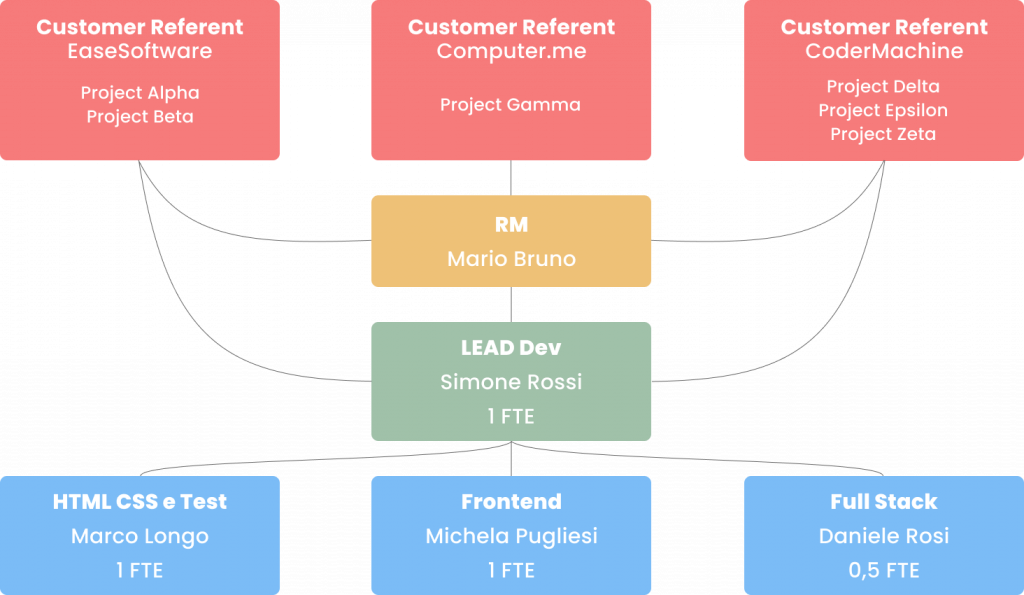
Customer interaction
There are two different versions of the TAAS which differ according to who is assigned responsibility for the overall management of the technical project (Hastega or the Customer).
CO-TEAM mode
- Kickoff for each project or macro module to be worked on.
- General estimate regarding the period of time in which each activity must take place.
- There is no timely quotation.
- Update with recurring CUSTOMER twice a week with LEAD and RM.
- The CUSTOMER’s tracking system is kept updated.
- Weekly time report.
SPRINT mode
- Kickoff for each project or macro module to be worked on.
- Estimate of the days to be spent on each story.
- Definition of sprints.
- CUSTOMER update with RM and LEAD.
- The CUSTOMER tracking system is kept updated.
- During the update it’s checked that the time spent is in line with what was budgeted.
We were chosen also













Let’s start a conversation
Hastega is a Demcode SRL SB.

New Project

Fix & Improvements

Consulting
Polo Tecnologico Lucchese
Via della Chiesa XXXII trav. I n. 231
Lucca, Italia – 55100
Email: connect@hastega.it